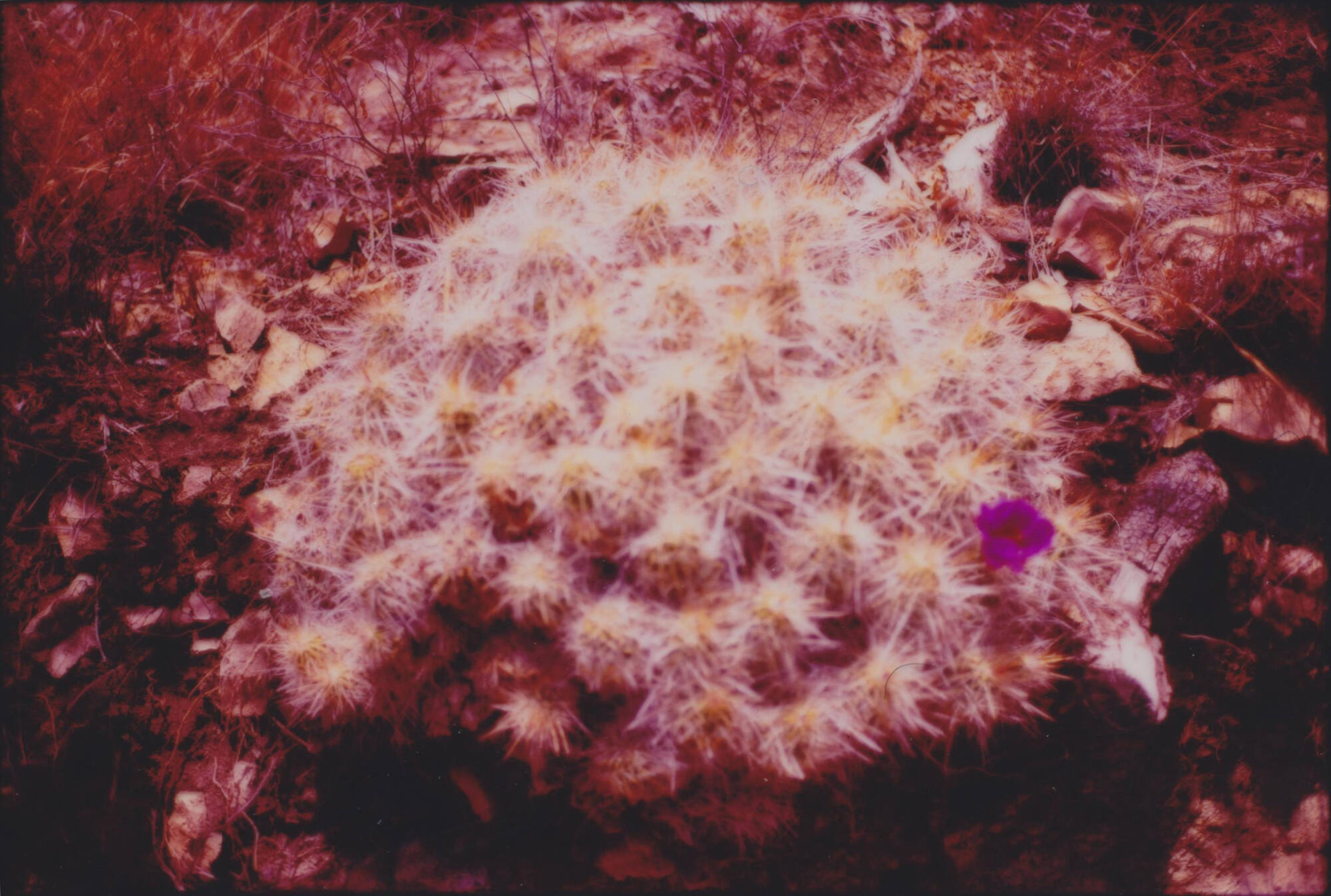Text by Clelia Coussonnet and Sofia Johansson
The exhibition Ground Control at Bildmuseet in Umeå, explores issues in the intersection of botany, politics and history.
By exploring the circulation routes of plants, in the framework of botanical politics, we have put together the exhibition Ground Control - declare the curators Clelia Coussonnet and Sofia Johansson - in an attempt to shift the perception of what is local and natural, and that might actually be imported and constructed. It entices us to reconsider our surroundings beyond borders and understand their political entrenchment. As opposed to ideas of a ‘pure’ and uncontaminated vegetation, the artworks presented explore plants as witnesses and cultural imports, reflecting the continuous fluxes, frictions and permeations that shape our political, economic and natural environments. The artworks also emphasize visible and invisible imprints left locally on flora, language, knowledge and bodies affected by such circulation.
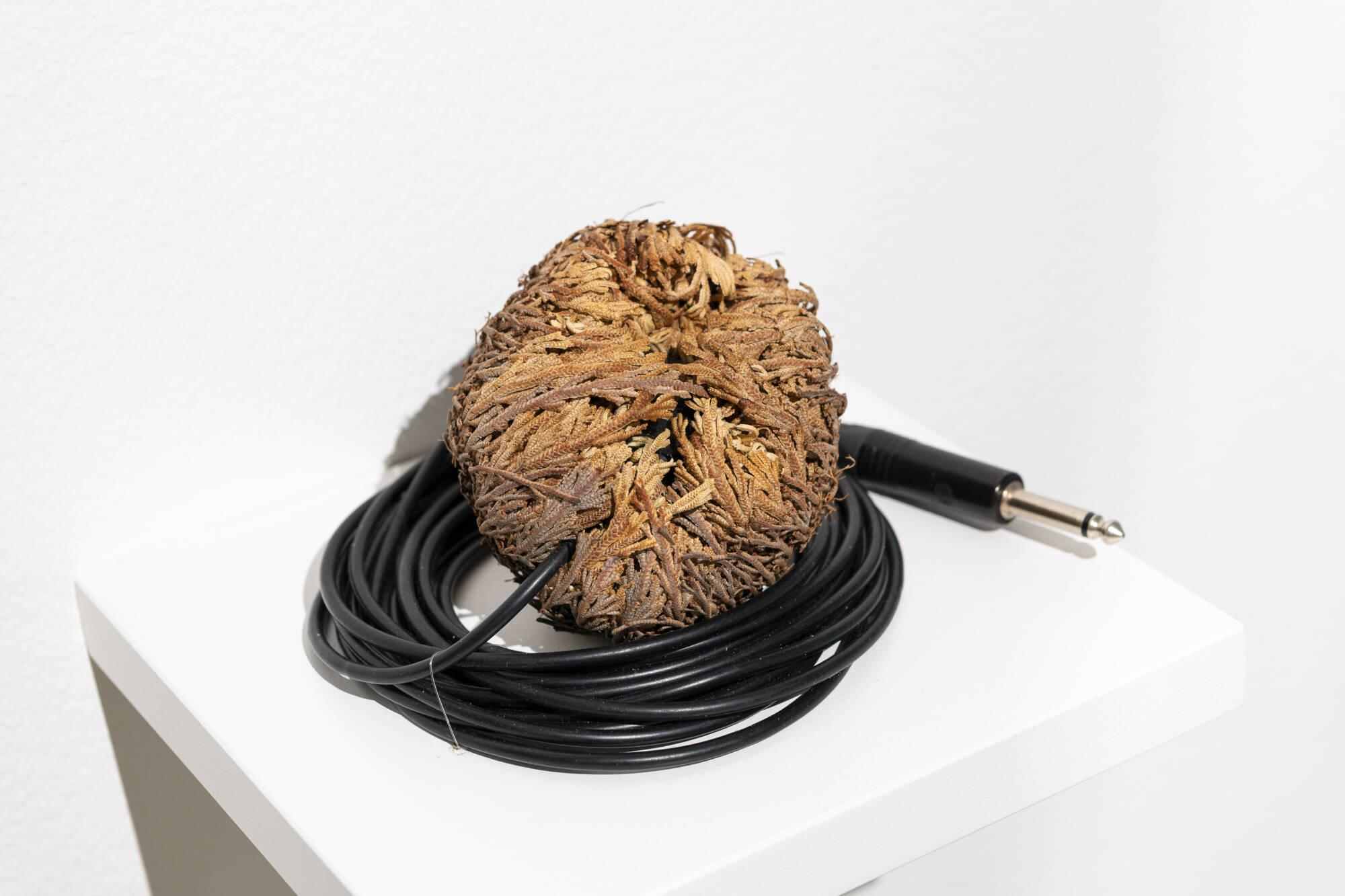
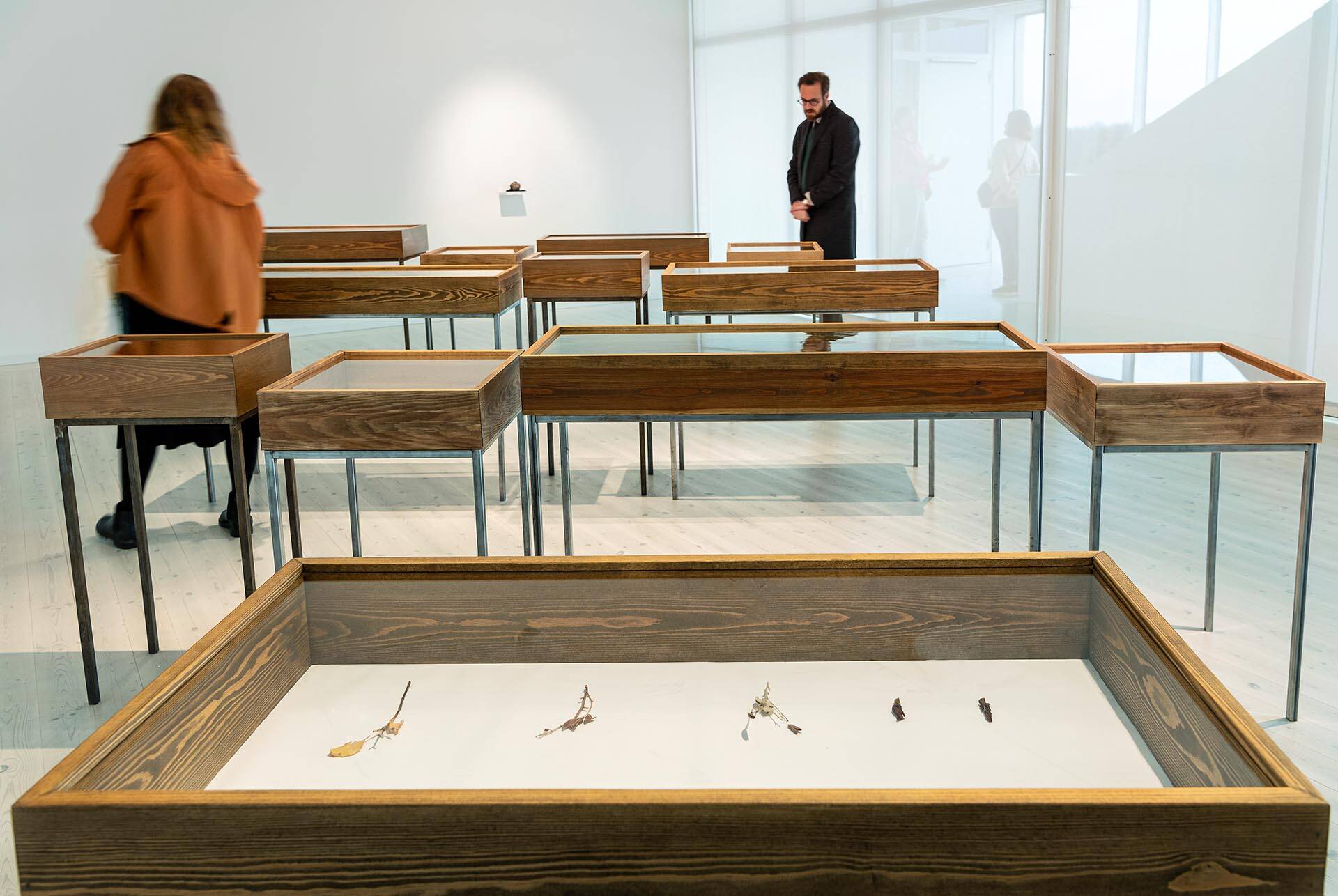
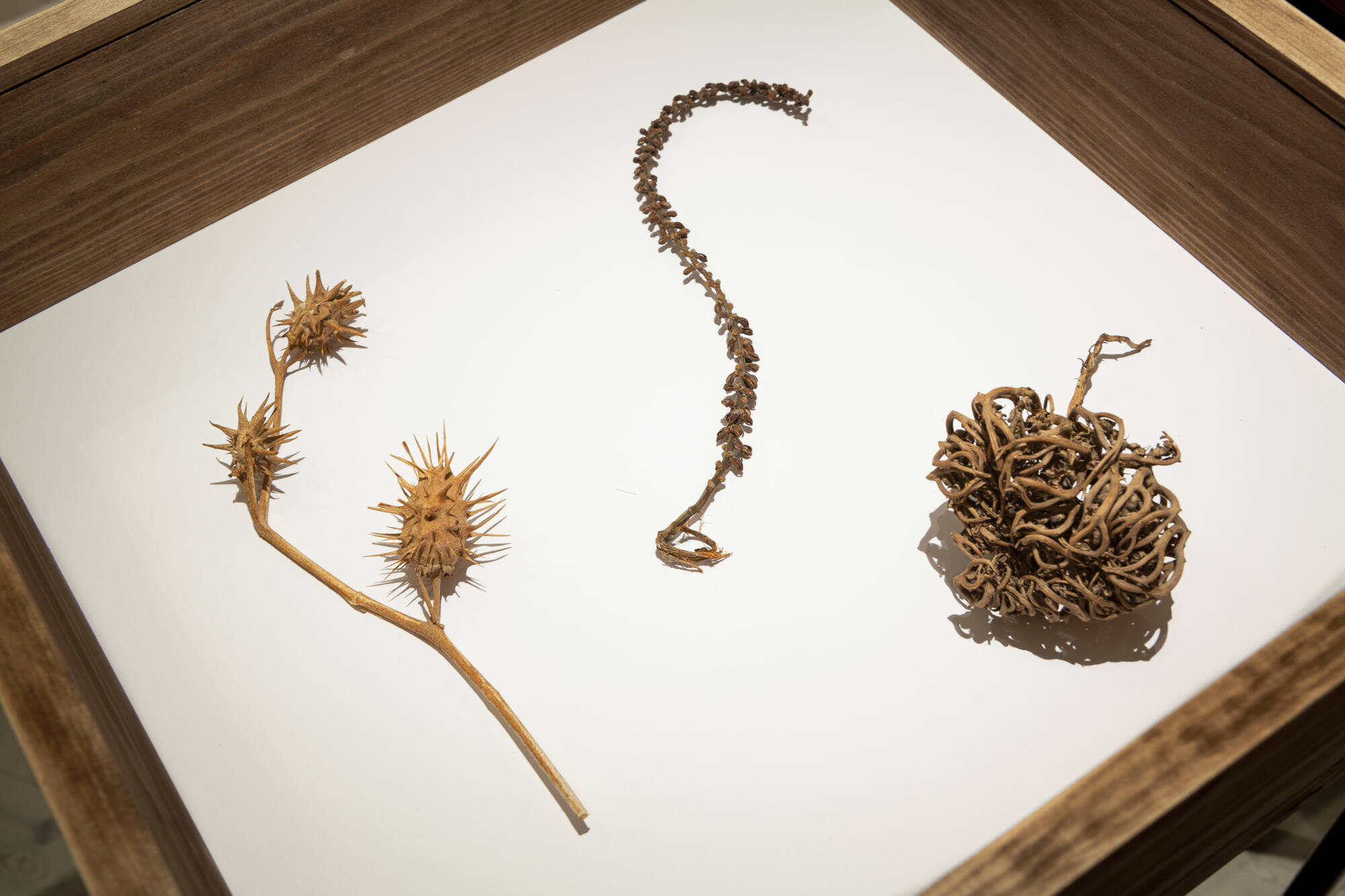
Hanan Benammar, Desert Garden, 2015
Plants’ connection to world politics may be exemplified in the history of colonialism. The development of naturalist expeditions were intimately connected to the Western imperial con- quest and competition in the 16th–18th centuries. The documentation of plants and mapping of territories subsequently led to their occupation and plundering. Botanical gardens had a number of functions in this context. They were hierarchical spaces in which plants from all over the world were labelled, categorised and admired. In the Empires and in their colonies, botanical gardens became strategic power markers, as well as trade opportunities. During the era of imperial competition, plants were transferred from one environment to another, of- ten transiting through or staying in ‘acclimatisation’ gardens, permanently modifying, sometimes unpredictably, both eco- systems and systems of meanings. In the exhibition, nature as witness to a history of colonization and one of its present day consequences – the fact that many people are living their lives in diaspora, is portrayed by artist Mónica de Miranda in her photographs.
The application of classification and taxonomy brought further consequences. Old names and knowledge were wiped out and flora became objectified – removed from its original context and displayed in greenhouses, vitrines, cabinets and collections as rarities to be scientifically studied or merely enjoyed, rather than as living agents integrated into people’s routines because of their nutritional, medical, spiritual or magical qualities. Binominal nomenclature represents a will to hierarchize and classify not only nature, but also animals, and sadly humans. The new system of Carl von Linné – the binomial nomenclature1 – eventually became the norm and represented a knowledge valued as encyclopaedic and total, but which mainly one of its present day consequences – the fact that many people are living their lives in diaspora, oral, ancestral and intuitive knowledge. This resulted in a considerable subsequent loss of indigenous plant knowledge, as highlighted in the exhibition by the art- works of artists Hanan Benammar and Maria Thereza Alves. Several pressing questions emerge: What knowledge is valuable for us today? Is it possible to reactivate or reappropriate the names, usages and teachings of language and plants?
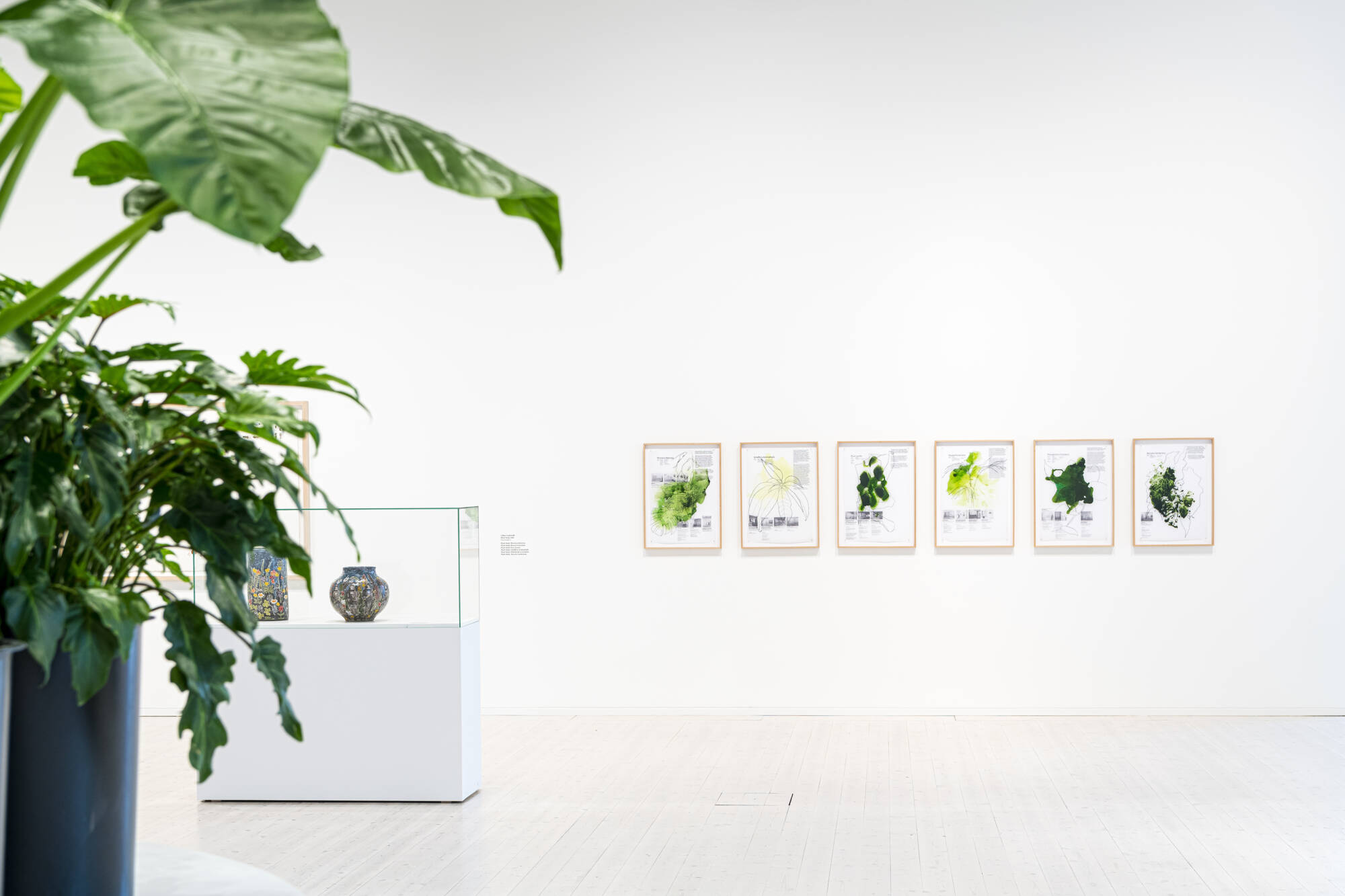
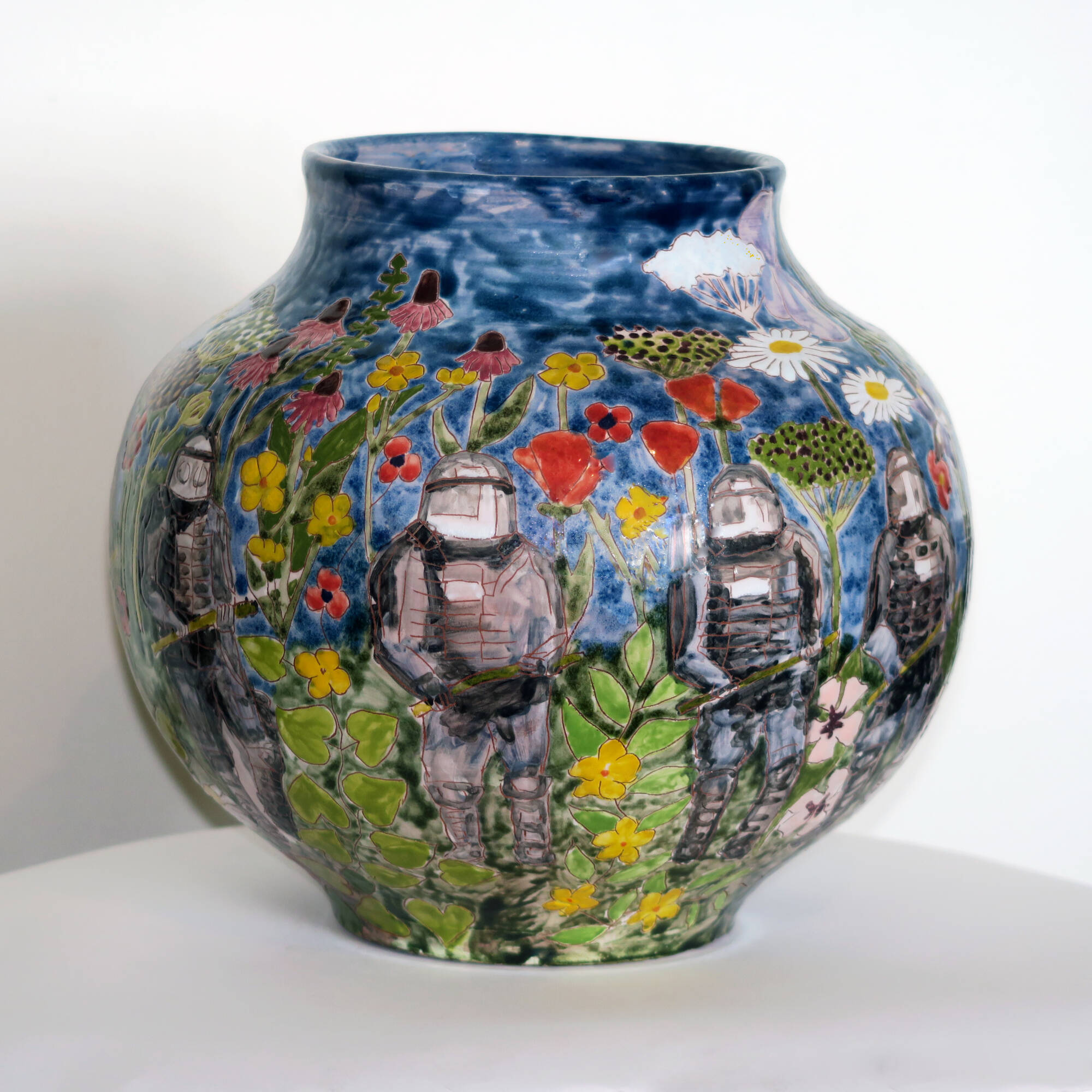
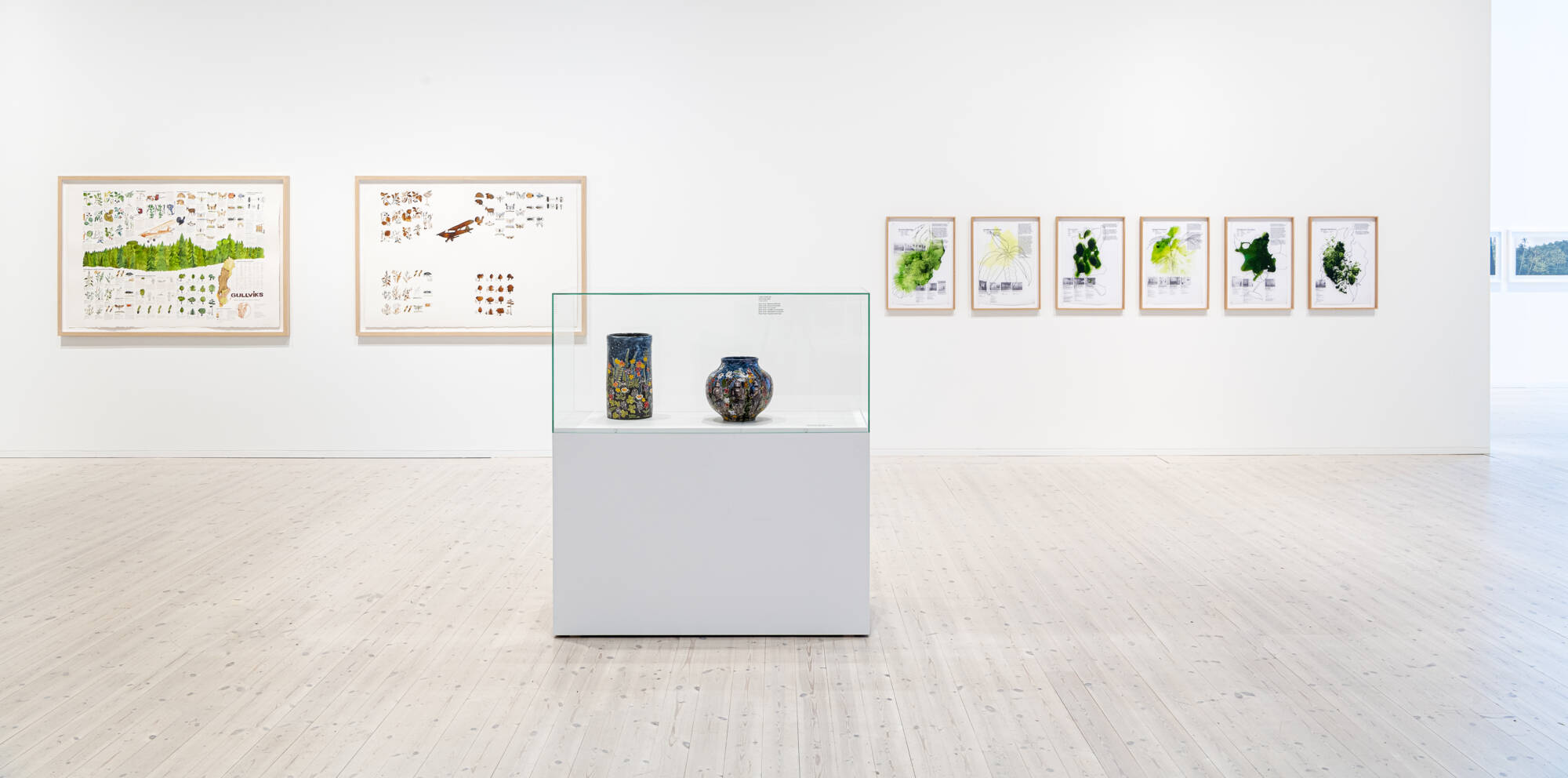
In order: Ground Control, exhibition view; Suzanne Husky - Vas från serien ACAB faïences; Ground Control, exhibition view
Ground Control also focuses on the circulation of plants in the world from the perspective of their commodification, as both desirable ornamental elements for individuals and institutions and as profitable resources for corporations. The increased availability of plants contributed to their use in domestic and public spaces, particularly exotic and tropical species, which signalled social prestige and became choice gifts and adornments for parlours. The exhibition presents Céline Condorelli’s series of Plant study prints that document the histories and qualities of some regular house plants that were formerly used to furnish art exhibitions up until the 1970s and are still commonly found in homes and offices. Retracing the history of display and ornamentation – the passage of nature from outdoor to indoor as house plants – suggests that the original significations and usages of plants were further suppressed during this domestication process.
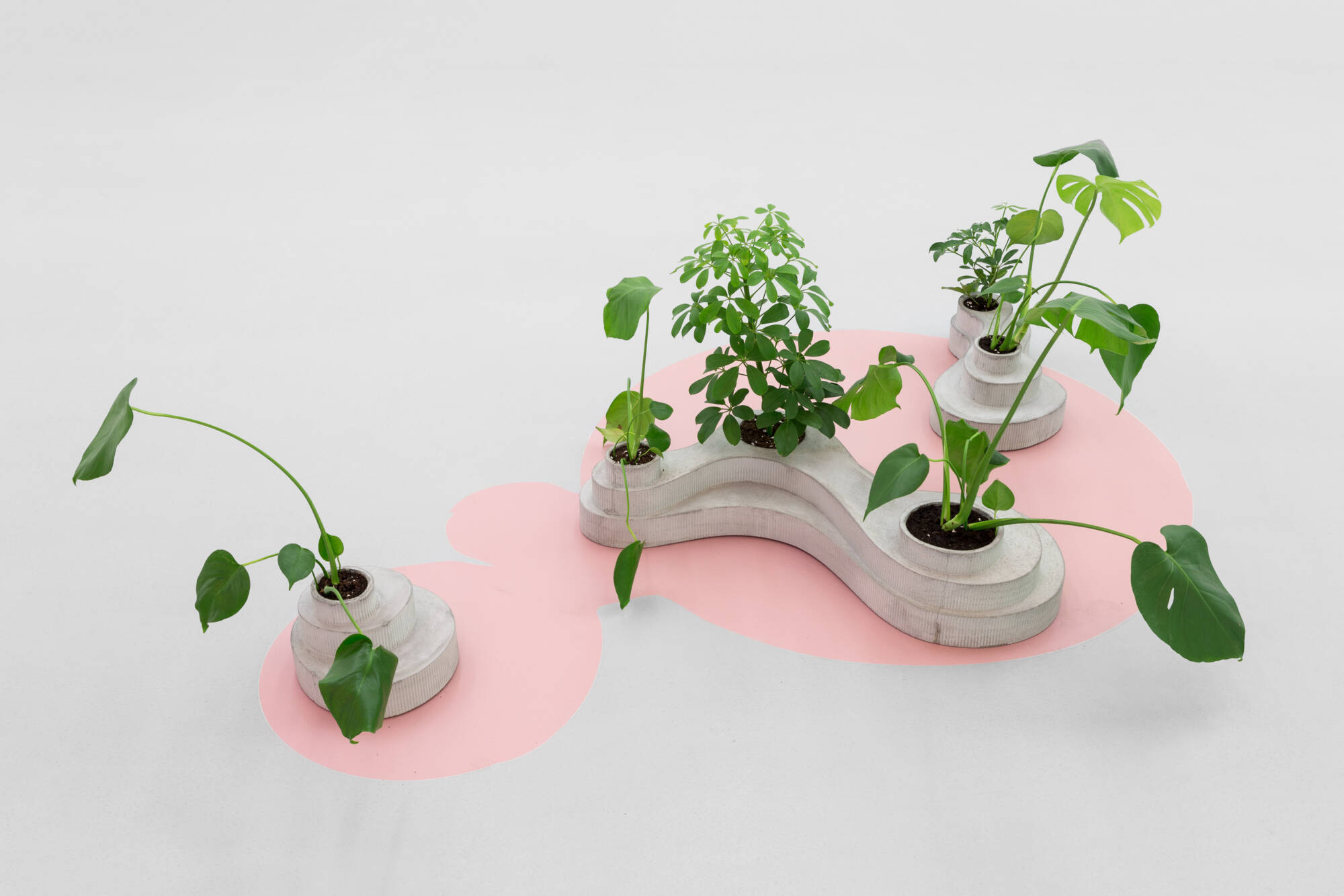
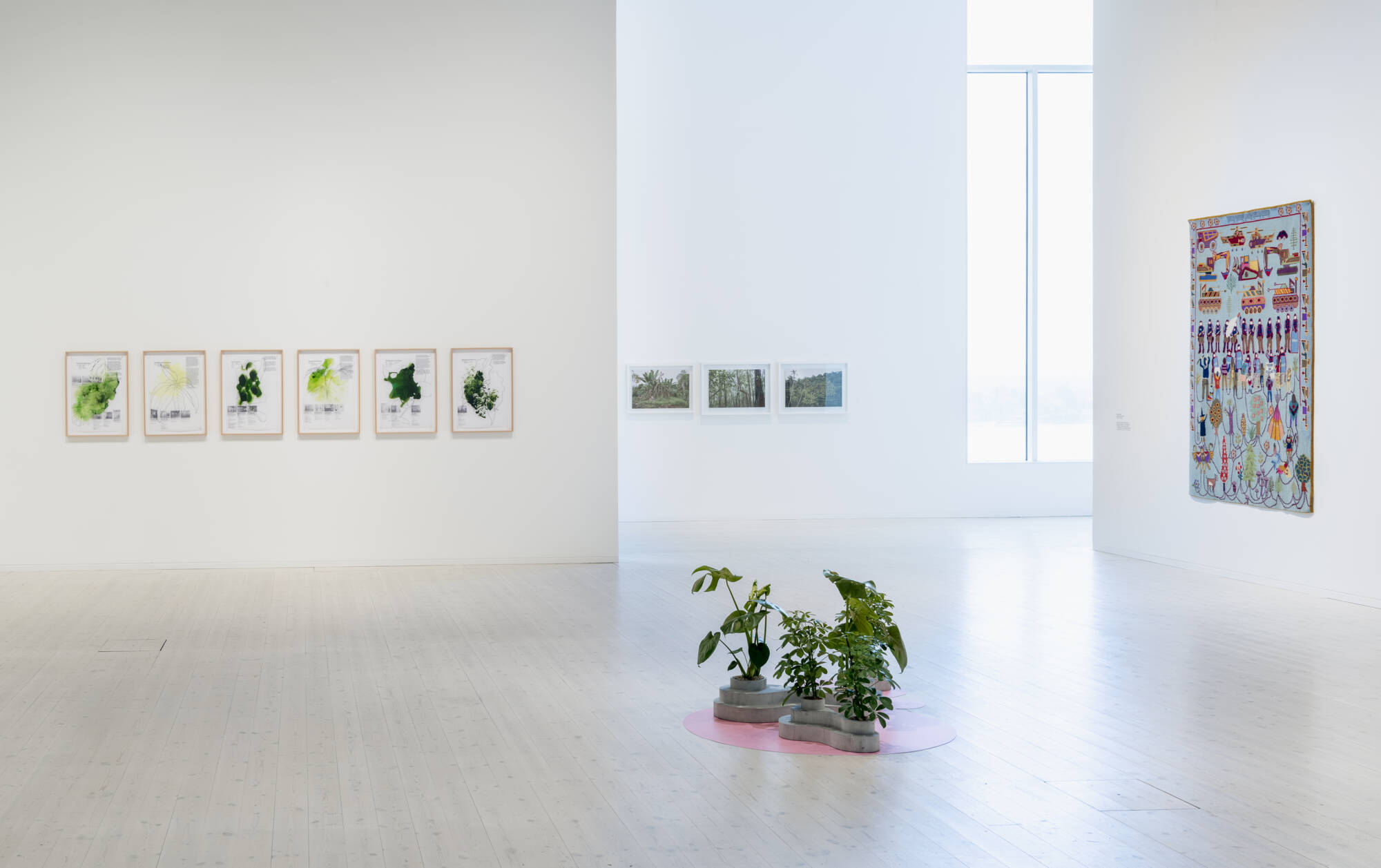
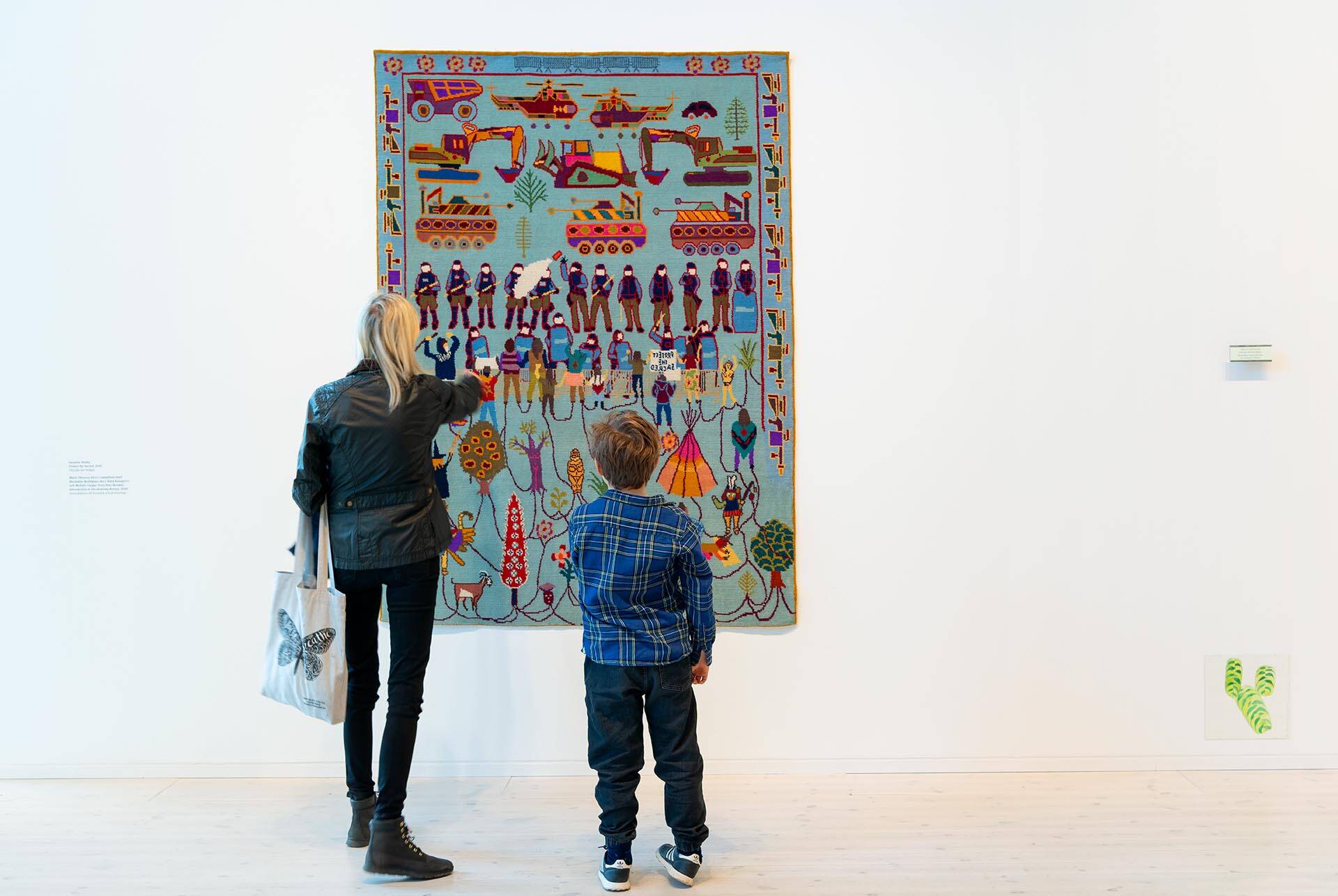
In order: Céline Condorelli, Zanzibar 1:10, 2018; Ground Control, exhibition view; Suzanne Husky, Protect the Sacred, 2019, installation view
Flora made its entrance with great pomp in trade circuits, leading to the development of the horticulture industry we know today. Gerd Aurell’s artworks in the exhibition are the result of her research about how the Swedish forestry industry developed during the 20th century – including massive clear- cuts and widespread use of the herbicide hormoslyr – which in hindsight proved to cause both major biodiversity loss in forests and disease among forest rangers and locals. In some cases, the current interest in nature’s economic potential has generated unholy alliances between politics, public authorities and businesses to the detriment of the environment, on many occasions demonstrating the supremacy of capitalism over ecological needs. Artists such as Suzanne Husky consistently remind us that we are all connected to Mother Earth and that the exploitation of land also comes at a price; there is a risk of losing what we hold sacred, and a risk of losing knowledge tied to a particular territory. Sadly, the exploitation of nature is often accompanied by pollution, destruction and disruption of the balance of ecosystems. Against this background, we find it encouraging to engage with artists highlighting regenerative practices and activism to protect our common resources.
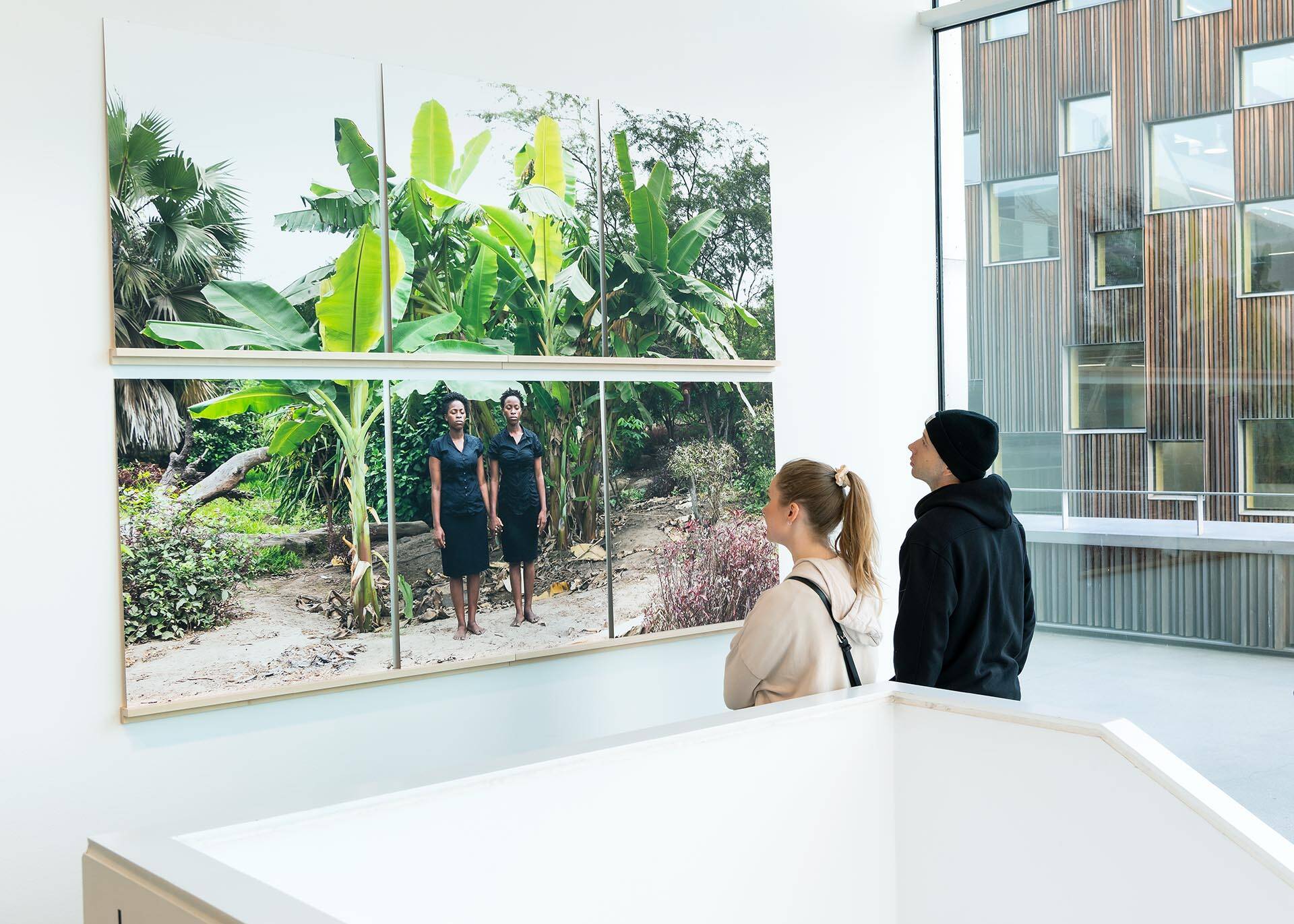
Mónica de Miranda, When words escape, flowers speak, 2017, installation view
GROUND CONTROL
Curated by Clelia Coussonnet and Sofia Johansson
Bildmuseet, Umeå
Artists: Maria Thereza Alves, Gerd Aurell, Hanan Benammar, Céline Condorelli, Suzanne Husky, Mónica de Miranda.

